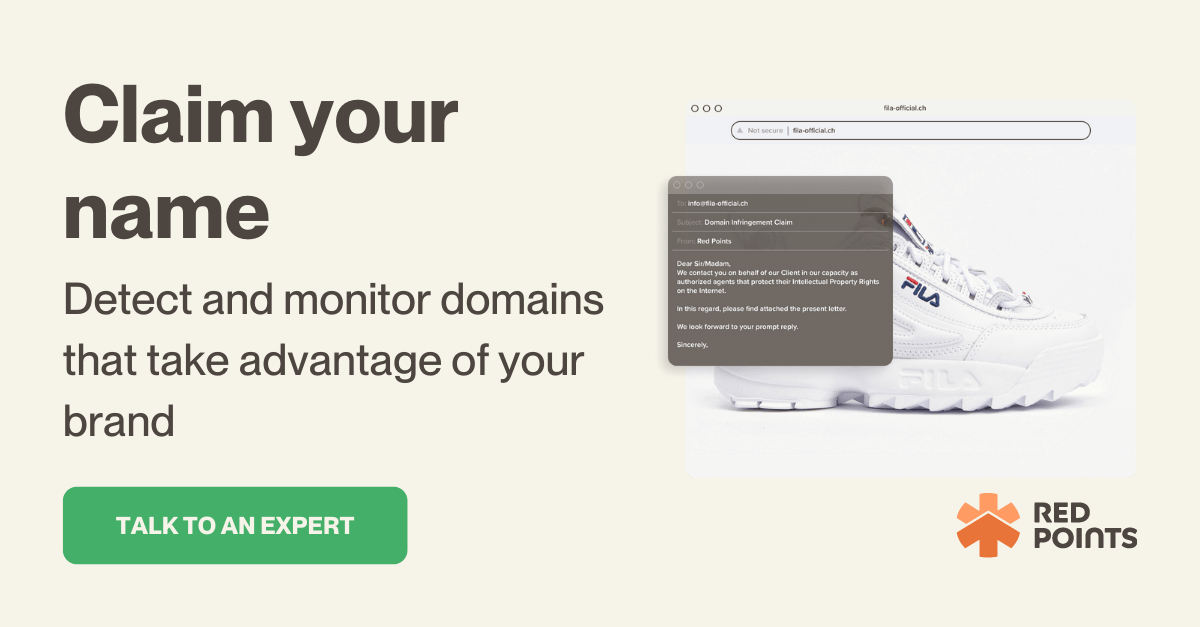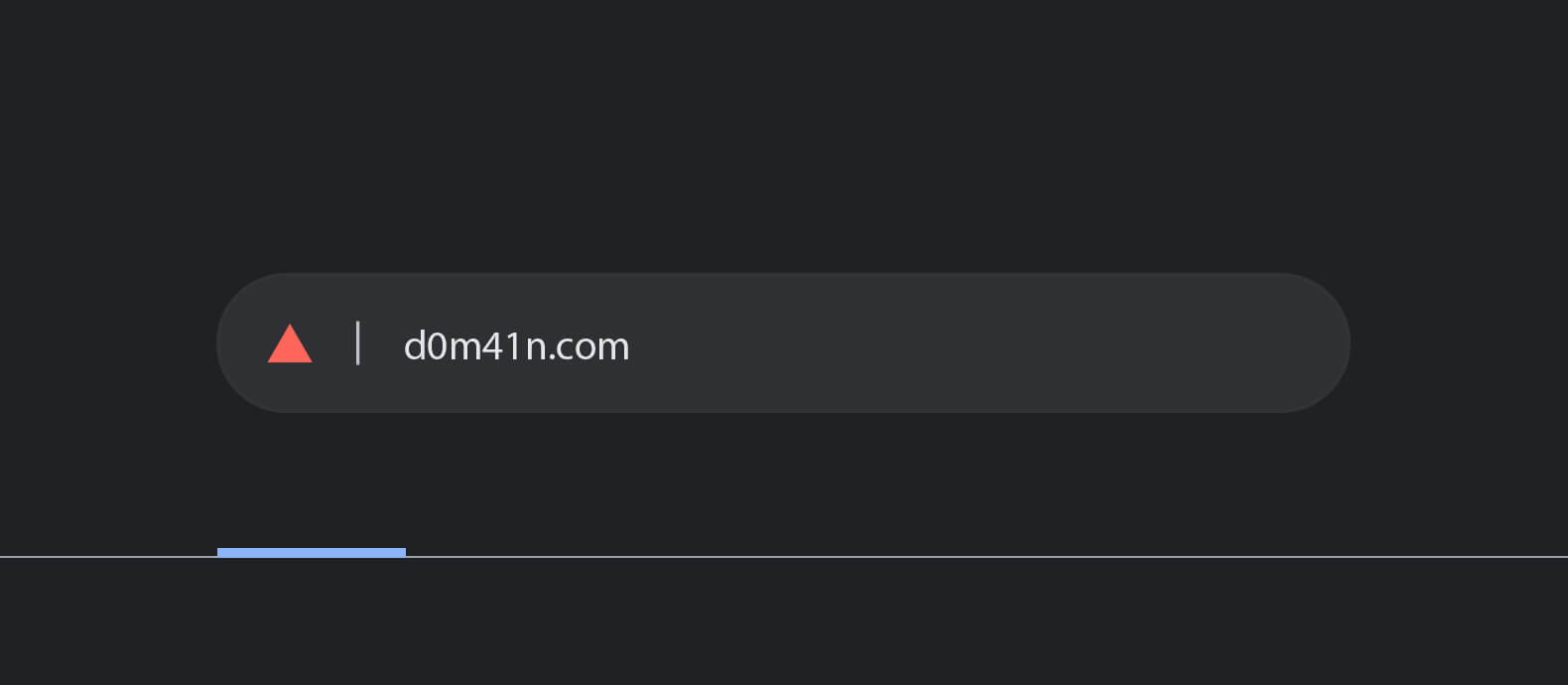Many businesses today have come to realize the importance of establishing their presence online. Especially now that the COVID-19 pandemic has pushed more and more businesses to embrace new technologies and adopt digital strategies to continue operations, business owners are now looking at different ways to set up their online presence and reach more consumers, even those across borders.
Of course, one of these digital strategies is to build a professional website, which potential (and even previous) clients will be able to access to know about the company’s products and services and, eventually, make a transaction. Naturally, this involves choosing a domain name that would perfectly suit your business and lead consumers, without any flaw and confusion, to the correct enterprise.
What business owners must also realize, in relation to the latter point, is that this digital tactic also necessarily involves keeping track of other domain names, in order to ensure that no registered domains are infringing on your business trademark. This safeguards not only the business but also its consumers, particularly from any deceit and misinformation regarding the product or service they intend to spend their money on.
This, essentially, is what domain name trademark infringement is all about. Today, we are going to discuss what this concept is, how it can be avoided, and why its prevention is important in business and consumer protection.
What is a domain name?
A domain name is a unique string of text that forms part of an internet address. It is the string of letters that web users type in the search bar to access your site, so a domain name, by nature, must be unique and cannot be shared between any two websites.
For example, you may take a look at the URL (Universal Resource Locator) in your web browser’s address/search bar right now. This URL, as all other URLs, is composed of several different parts. If we dissect it, we would be able to pick up the domain name (the text just right after the protocol), which is redpoints.com.
How is a domain name different from a trademark?
To recap, a trademark is any recognizable sign, logo, symbol, unique name or design aspect that allows consumers to distinguish a business from another. By way of analogy, a trademark is like a business or company’s fingerprint that sets it apart from all other business enterprises.
Business trademarks are protected by intellectual property laws, specifically trademark laws. This set of rules deals with intellectual property protection that encompasses anything that has to do with brand identity. It covers trademark registration, registration duration, regular and active use of a trademark, remedies to enforce exclusive trademark rights, among others.
On the other hand, a domain name is simply a unique string of characters that brings users to a specific website on the internet. While most business owners, obviously, would want their business trademark–that is, their business name–as their domain name, domain names, in themselves, are not what trademark laws cover and protect. To iterate, a domain name is simply that–the name of a domain that forms part of an internet address.
This being so, another important point to note is that trademark registration and domain name registration are two entirely different concepts. The first one, trademark registration, is the act of filing an application for registration with the proper national or regional trademark office (such as the USPTO) and paying the corresponding fees. Again, this involves business marks that establish and reinforce brand identity. Meanwhile, domain name registration is the act of acquiring and reserving a name on the internet from a domain name registrar, such as Google Domains or Domain.com.

What is domain name trademark infringement?
To better understand the concept of domain name trademark infringement, it is important to first recall what trademark infringement, in general, is. As previously discussed, trademark infringement occurs when an existing logo, phrase, or such other identifying feature on a business product is “likely to cause consumer confusion as to the source of those goods.” Simply put, it is the unauthorized use of a trademark or service mark, which tends to confuse a consumer as to the product, service, or the business as a whole.
In relation to this general concept, domain name trademark infringement thus occurs when a person or entity acquires and/or uses a domain name that is otherwise protected by a trademark. While these persons or entities may logically argue that they enjoy the right to keep the domain name by the mere fact of their prior registration, this right is not absolute.
What must be emphasized is that trademark protection rights generally prevail over such domain name registration and ownership rights.
Essentially, domain name registrants have certain duties and obligations when it comes to registering a domain name, as in all other business transactions. An important one is to ensure that the name they are trying to register with their chosen domain name registrar is not protected by a trademark. Otherwise, it could be a case of domain name trademark infringement, and the trademark owner may be constrained to take action to protect his/her rights over the subject trademark.
How can domain name trademark infringement be avoided?
As a business owner who enjoys exclusive rights over business trademarks, it is important that you know how to avoid domain name trademark infringement, for the same reason as why you work to protect your brand reputation and identity. Fundamentally, resisting domain name trademark infringement and trademark infringement, in general, helps prevent anyone from riding off the back of the business you worked so hard to conceptualize, build, and preserve. It protects your consumers, too, such that they will not be misled by any misuse of your brand’s marks.
Track and detect.
Clearly, you can only stop domain name trademark infringement if you are able to actually track down domains that misuse your protected trademark. Thus, as a business owner, you must take steps in detecting domain names that tend to confuse your brand’s potential customers. Whether the misuse is intentional or not is immaterial; as long as you feel that a domain name registrant is taking advantage of your business name or such other protected marks, you must keep track and take note before being able to proceed with the next steps.
Claim and recover.
Once detection has been made, there are options available to trademark owners to claim and/or recover these domain names. For one, you may send a take-down request to the domain owner, or make a request to retrieve the domain for your own business’s use. You may also bring the issue before the appropriate administrative body, so that the latter may be the one to take action for you.
Control and restrain.
Lastly, steps must also be taken to ensure that domain name trademark infringement does not happen to your business again. This includes identifying probable causes and gaps, managing a domain record/portfolio, establishing a negotiation/settlement system with domain owners, setting up a restraint procedure, and different resolution processes, among others.
What else can be done to prevent domain name trademark infringement?
Admittedly, taking these above-mentioned steps in preventing domain name trademark infringement is easier said than done. Of course, business owners have a lot of things going on in the operation of their business and having to go through all of these steps manually, on top of their regular business activities, maybe too much to handle.
Fortunately, there is a way to automatically detect and monitor domains that take advantage of your brand, make corresponding claims against domain owners, and secure your domain portfolio from external threats.
Red Points’ Domain Management Services are available for business owners like you to help protect your portfolio and, principally, your brand. Get in touch with our experts or request a demo today.






